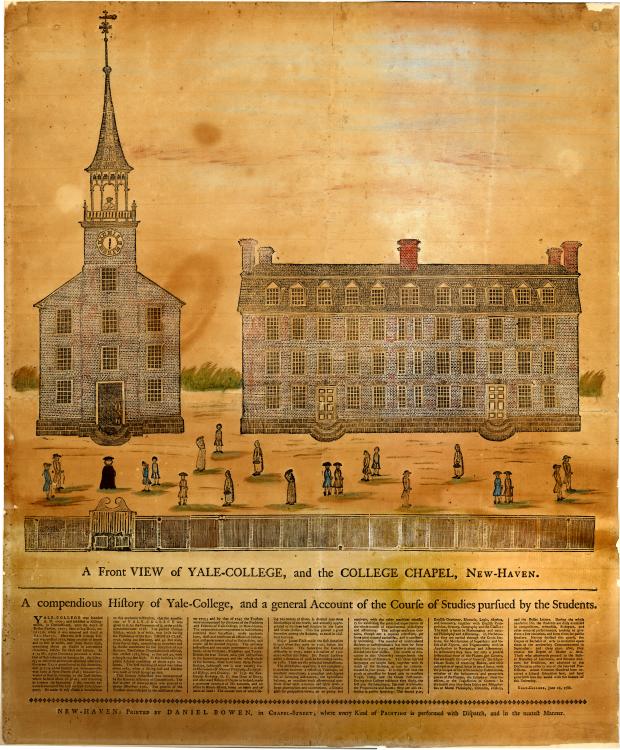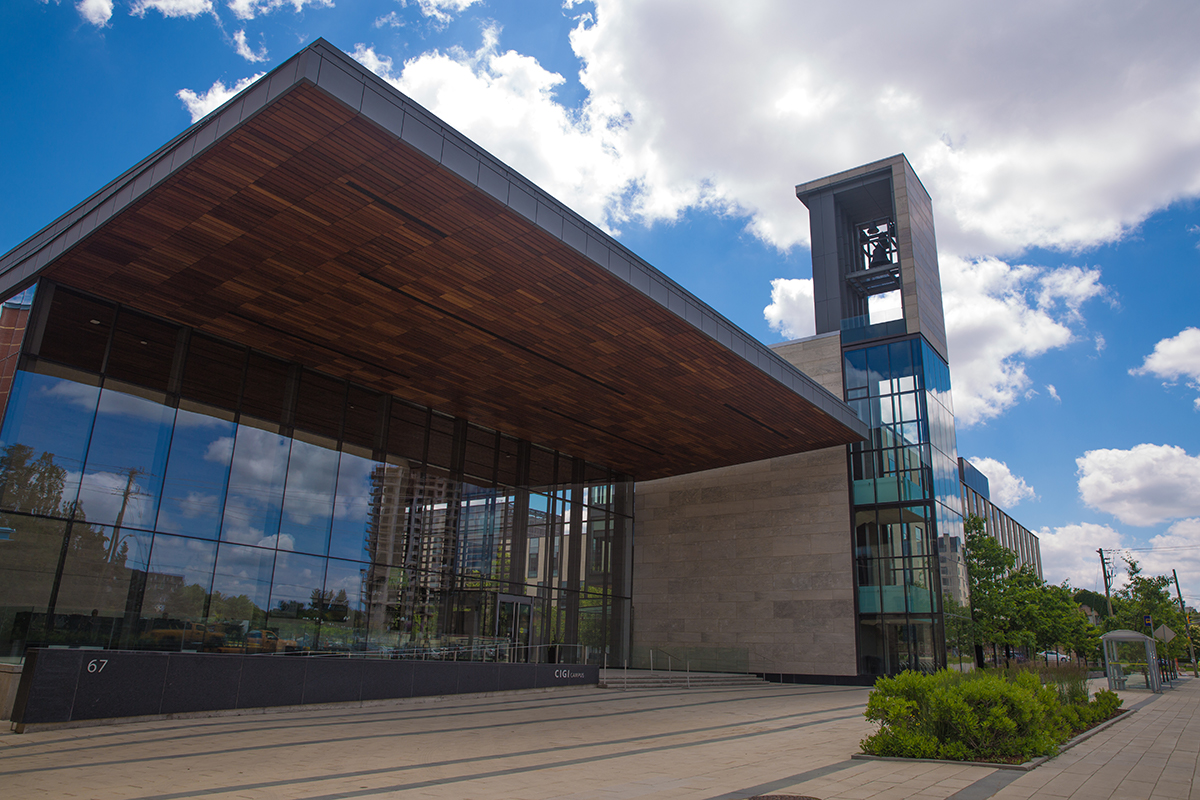|
Philip Rubin
Philip E. Rubin (born May 22, 1949) is an American cognitive scientist, technologist, and science administrator known for raising the visibility of behavioral and cognitive science, neuroscience, and ethical issues related to science, technology, and medicine, at a national level. His research career is noted for his theoretical contributions and pioneering technological developments, starting in the 1970s, related to speech synthesis and speech production, including articulatory synthesis (computational modeling of the physiology and acoustics of speech production) and sinewave synthesis, and their use in studying complex temporal events, particularly understanding the biological bases of speech and language. Rubin is the President and a Trustee of Rothschild Wilder, a private foundation that supports social justice and ethics, science and innovation, the arts and humanities, and the preservation of popular culture artifacts. He is also Chair of the Board of Directors of H ... [...More Info...] [...Related Items...] OR: [Wikipedia] [Google] [Baidu] |
Federation Of Associations In Behavioral & Brain Sciences
The Federation of Associations in Behavioral & Brain Sciences (abbreviated FABBS) is a Washington, D.C.–based coalition of learned societies dedicated to psychology and related behavioral sciences. Its official journal is ''Policy Insights from the Behavioral and Brain Sciences'', which is published by SAGE Publications. The group's stated purpose is to help improve human potential and well-being through supporting mind, brain and behavioral sciences. Functionally, FABBS communicates both to policymakers and the public about basic and applied research in these areas. History The Federation of Associations in Behavioral & Brain Sciences was founded in 1981 as the Federation of Behavioral, Psychological, and Cognitive Sciences. Its founding president was George Mandler. In 2004, the organization established the Foundation for the Advancement of Behavioral & Brain Sciences. In 2009, the organization was renamed to its current name, and the Foundation for the Advancement of Behavi ... [...More Info...] [...Related Items...] OR: [Wikipedia] [Google] [Baidu] |
Yale University
Yale University is a Private university, private Ivy League research university in New Haven, Connecticut, United States. Founded in 1701, Yale is the List of Colonial Colleges, third-oldest institution of higher education in the United States, and one of the nine colonial colleges chartered before the American Revolution. Yale was established as the Collegiate School in 1701 by Congregationalism in the United States, Congregationalist clergy of the Connecticut Colony. Originally restricted to instructing ministers in theology and sacred languages, the school's curriculum expanded, incorporating humanities and sciences by the time of the American Revolution. In the 19th century, the college expanded into graduate and professional instruction, awarding the first Doctor of Philosophy, PhD in the United States in 1861 and organizing as a university in 1887. Yale's faculty and student populations grew rapidly after 1890 due to the expansion of the physical campus and its scientif ... [...More Info...] [...Related Items...] OR: [Wikipedia] [Google] [Baidu] |
Public Policy
Public policy is an institutionalized proposal or a Group decision-making, decided set of elements like laws, regulations, guidelines, and actions to Problem solving, solve or address relevant and problematic social issues, guided by a conception and often implemented by programs. These policies govern and include various aspects of life such as education, health care, employment, finance, economics, transportation, and all over elements of society. The implementation of public policy is known as public administration. Public policy can be considered the sum of a government's direct and indirect activities and has been conceptualized in a variety of ways. They are created and/or enacted on behalf of the public, typically by a government. Sometimes they are made by Non-state actors or are made in Co-production (public services), co-production with communities or citizens, which can include potential experts, scientists, engineers and stakeholders or scientific data, or sometimes u ... [...More Info...] [...Related Items...] OR: [Wikipedia] [Google] [Baidu] |
Common Rule
The Common Rule is a 1991 rule of ethics in the United States regarding biomedical and behavioral research involving human subjects. A significant revision became effective July 2018. It governed Institutional Review Boards for oversight of human research and followed the 1975 revision of the Declaration of Helsinki; it is encapsulated in the 1991 revision to the U.S. Department of Health and Human Services Title 45 CFR 46 (Public Welfare) Subparts A, B, C and D. Subpart A. The Common Rule is the baseline standard of ethics by which any government-funded research in the US is held; nearly all U.S. academic institutions hold their researchers to these statements of rights regardless of funding. Background The Common Rule is a 1991 rule of ethics (revised in 2018) regarding biomedical and behavioral research involving human subjects in the United States. The regulations governing Institutional Review Boards for oversight of human research followed the 1975 revision of the Declara ... [...More Info...] [...Related Items...] OR: [Wikipedia] [Google] [Baidu] |
Ethics Of Technology
The ethics of technology is a sub-field of ethics addressing ethical questions specific to the technology age, the transitional shift in society wherein personal computers and subsequent devices provide for the quick and easy transfer of information. Technology ethics is the application of ethical thinking to growing concerns as new technologies continue to rise in prominence. The topic has evolved as technologies have developed. Technology poses an ethical dilemma on producers and consumers alike. The subject of technoethics, or the ethical implications of technology, have been studied by different philosophers such as Hans Jonas and Mario Bunge. Technoethics Technoethics (TE) is an interdisciplinary research area that draws on theories and methods from multiple knowledge domains (such as communications, social sciences, information studies, technology studies, applied ethics, and philosophy) to provide insights on ethical dimensions of technological systems and practices fo ... [...More Info...] [...Related Items...] OR: [Wikipedia] [Google] [Baidu] |
Embodied Cognition
Embodied cognition represents a diverse group of theories which investigate how cognition is shaped by the bodily state and capacities of the organism. These embodied factors include the motor system, the perceptual system, bodily interactions with the environment (situatedness), and the assumptions about the world that shape the functional structure of the brain and body of the organism. Embodied cognition suggests that these elements are essential to a wide spectrum of cognitive functions, such as perception biases, memory recall, comprehension and high-level mental constructs (such as meaning attribution and Categorization, categories) and performance on various cognitive tasks (reasoning or judgment). The embodied mind thesis challenges other theories, such as Cognitivism (psychology), cognitivism, computationalism, and Dualism (philosophy of mind), Cartesian dualism. It is closely related to the extended mind thesis, situated cognition, and enactivism. The modern version dep ... [...More Info...] [...Related Items...] OR: [Wikipedia] [Google] [Baidu] |
Dynamical Systems Theory
Dynamical systems theory is an area of mathematics used to describe the behavior of complex systems, complex dynamical systems, usually by employing differential equations by nature of the ergodic theory, ergodicity of dynamic systems. When differential equations are employed, the theory is called continuous time, ''continuous dynamical systems''. From a physical point of view, continuous dynamical systems is a generalization of classical mechanics, a generalization where the equations of motion are postulated directly and are not constrained to be Euler–Lagrange equations of a Principle of least action, least action principle. When difference equations are employed, the theory is called discrete time, ''discrete dynamical systems''. When the time variable runs over a set that is discrete over some intervals and continuous over other intervals or is any arbitrary time-set such as a Cantor set, one gets dynamic equations on time scales. Some situations may also be modeled by mixed ... [...More Info...] [...Related Items...] OR: [Wikipedia] [Google] [Baidu] |
Computational Modelling
Computer simulation is the running of a mathematical model on a computer, the model being designed to represent the behaviour of, or the outcome of, a real-world or physical system. The reliability of some mathematical models can be determined by comparing their results to the real-world outcomes they aim to predict. Computer simulations have become a useful tool for the mathematical modeling of many natural systems in physics (computational physics), astrophysics, climatology, chemistry, biology and manufacturing, as well as human systems in economics, psychology, social science, health care and engineering. Simulation of a system is represented as the running of the system's model. It can be used to explore and gain new insights into new technology and to estimate the performance of systems too complex for analytical solutions. Computer simulations are realized by running computer programs that can be either small, running almost instantly on small devices, or large-scale p ... [...More Info...] [...Related Items...] OR: [Wikipedia] [Google] [Baidu] |
Cognitive Science
Cognitive science is the interdisciplinary, scientific study of the mind and its processes. It examines the nature, the tasks, and the functions of cognition (in a broad sense). Mental faculties of concern to cognitive scientists include perception, memory, attention, reasoning, language, and emotion. To understand these faculties, cognitive scientists borrow from fields such as psychology, economics, artificial intelligence, neuroscience, linguistics, and anthropology.Thagard, PaulCognitive Science, ''The Stanford Encyclopedia of Philosophy'' (Fall 2008 Edition), Edward N. Zalta (ed.). The typical analysis of cognitive science spans many levels of organization, from learning and decision-making to logic and planning; from neuron, neural circuitry to modular brain organization. One of the fundamental concepts of cognitive science is that "thinking can best be understood in terms of representational structures in the mind and computational procedures that operate on those structur ... [...More Info...] [...Related Items...] OR: [Wikipedia] [Google] [Baidu] |
BRAIN Initiative
The White House BRAIN Initiative (Brain Research through Advancing Innovative Neurotechnologies) is a collaborative, public-private research initiative announced by the Obama administration on April 2, 2013, with the goal of supporting the development and application of innovative technologies that can create a dynamic understanding of brain function. This activity is a Grand Challenge focused on revolutionizing our understanding of the human brain, and was developed by the White House Office of Science and Technology Policy (OSTP) as part of a broader White House Neuroscience Initiative. Inspired by the Human Genome Project, BRAIN aims to help researchers uncover the mysteries of brain disorders, such as Alzheimer's and Parkinson's diseases, depression, and traumatic brain injury (TBI). Participants in BRAIN and affiliates of the project include DARPA and IARPA as well as numerous private companies, universities, and other organizations in the United States, Australia, Can ... [...More Info...] [...Related Items...] OR: [Wikipedia] [Google] [Baidu] |
Articulatory Synthesis
Articulatory synthesis refers to computational techniques for synthesizing speech based on models of the human vocal tract and the articulation processes occurring there. The shape of the vocal tract can be controlled in a number of ways which usually involves modifying the position of the speech articulators, such as the tongue, jaw, and lips. Speech is created by digitally simulating the flow of air through the representation of the vocal tract. Mechanical talking heads There is a long history of attempts to build mechanical "talking heads". Gerbert (d. 1003), Albertus Magnus (1198–1280) and Roger Bacon (1214–1294) are all said to have built speaking heads ( Wheatstone 1837). However, historically confirmed speech synthesis begins with Wolfgang von Kempelen (1734–1804), who published an account of his research in 1791 (see also ). Electrical vocal tract analogs The first electrical vocal tract analogs were static, like those of Dunn (1950), Ken Stevens and collea ... [...More Info...] [...Related Items...] OR: [Wikipedia] [Google] [Baidu] |
Ignatius Mattingly
Ignatius G. Mattingly (1927–2004) was a prominent American linguist and speech scientist. Prior to his academic career, he was an analyst for the National Security Agency from 1955 to 1966. He was a Lecturer and then Professor of Linguistics at the University of Connecticut from 1966 to 1996 and a researcher at Haskins Laboratories from 1966 until his death in 2004. He is best known for his pioneering work on speech synthesis and reading and for his theoretical work on the motor theory of speech perception in conjunction with Alvin Liberman. He received his B.A. in English from Yale University in 1947, his M.A. in Linguistics from Harvard University in 1959, and his Ph.D. in English from Yale University in 1968. Speech Synthesis Ignatius Mattingly, working with British collaborators, John N. Holmes and J.N. Shearme, adapted the Haskins Pattern playback rules to write the first computer program for synthesizing continuous speech from a phonetically spelled input. A further step ... [...More Info...] [...Related Items...] OR: [Wikipedia] [Google] [Baidu] |





